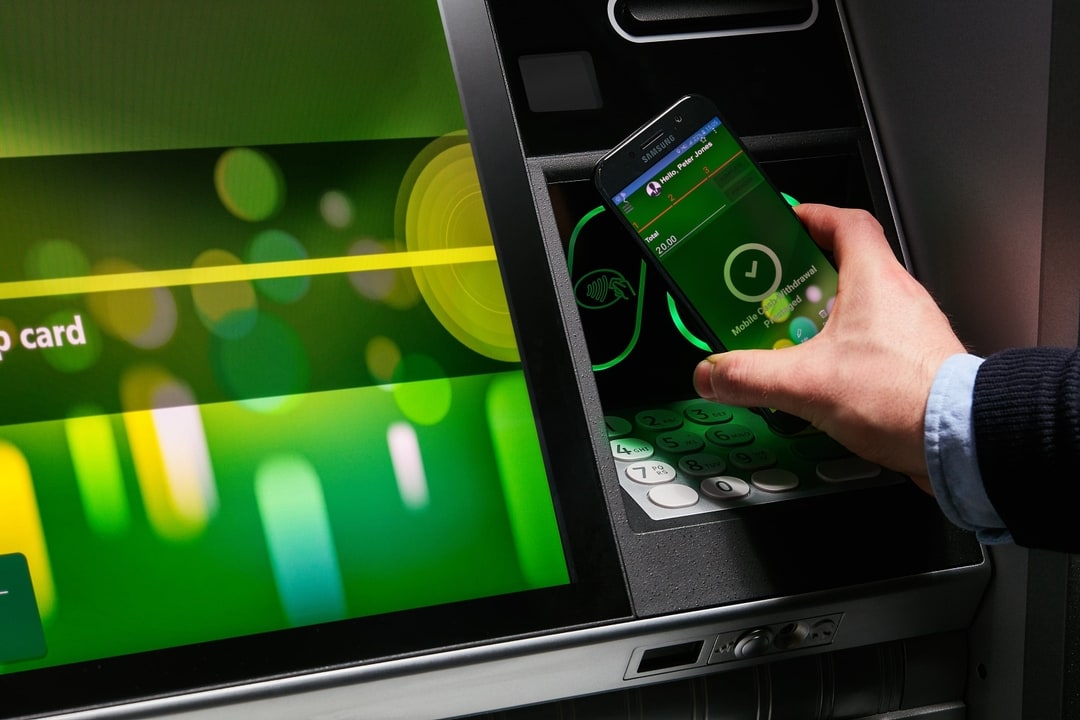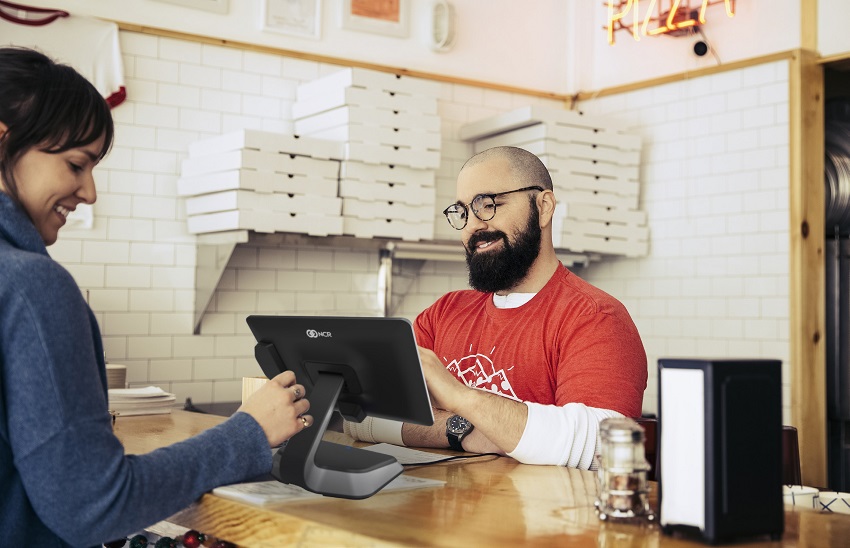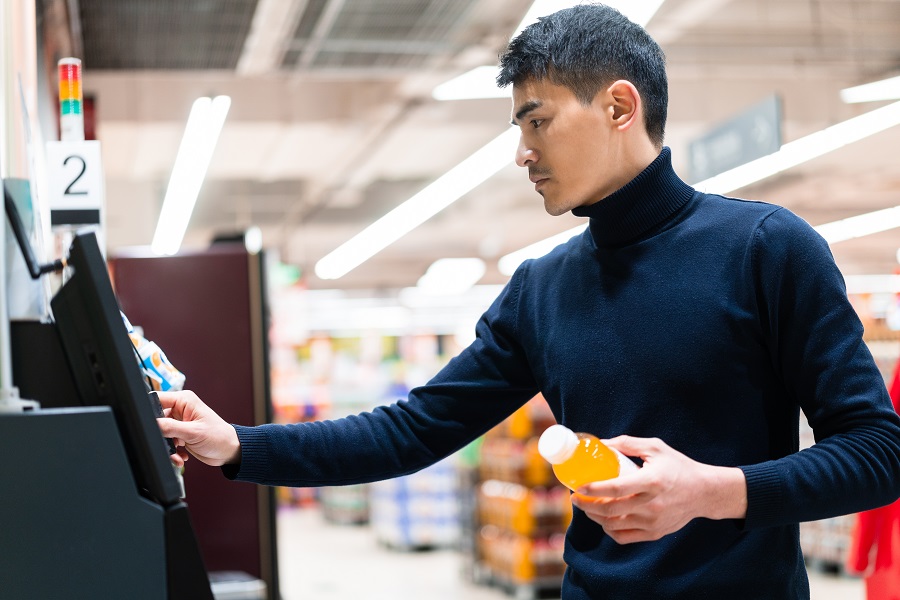Enhancing sustainability in the grocery industry
Published April 24, 2023
Retailers are coming under pressure from all directions to improve sustainability, but doing this and demonstrating your improvement can be easier said than done.
These days, there are only a few annual reports, website posts, or other communications from businesses in the grocery sector that do not include the term 'sustainability'. It might be about sourcing products on a sustainable basis, minimizing greenhouse emissions and food miles, or repurposing buildings rather than developing new facilities from the ground up.
The issue of sustainability is now a key consideration for investors and consumers, especially among millennials and Gen X consumers who prioritize a range of ethical and environmental issues when choosing where and how they shop, as well as invest.
Sustainability is a broad topic with significant implications for the grocery sector. Let's explore it more deeply and see how technology can help grocery businesses meet their business goals and better serve their customers.
Why is sustainability so important in the food industry?
Sustainability matters to the food industry for various reasons: consumer preferences, investor expectations, and the bottom line. At its core lies the complex supply chain that supports the food industry, from food production, wholesale distribution, grocery retail, and delivery to the customer's home. The key challenge here, of course, is that food is quickly perishable. This means there is a premium on having streamlined systems and processes end-to-end to ensure that consumers have reliable access to good quality products with the minimum of wastage, and therefore losses, to the businesses in that supply chain.
The food supply chain supporting the grocery sector is one of the most advanced and sophisticated in the business world, able to deliver fresh goods to customers regularly, regardless of the time of year or their location.
But all this comes at a cost. Fresh food needs refrigeration across the whole supply chain. Food miles become a significant issue when you start to move produce hundreds, if not thousands of miles, by road and air.
Naturally, while much of this cost is ultimately passed onto the end consumer, not all of it can be because of competitive pressures. It means that firms are interested in issues like minimizing food wastage, for example, as it represents a cost in disposing of the waste and an opportunity cost - you can't sell spoiled food to consumers. For investors, it matters because they need to see a return on their investment in grocery retailers, especially as technology innovation continues to disrupt the market, offering valuable investment opportunities.
Consumer preferences are also driving a greater focus on sustainability. Many consumers across multiple age ranges are increasingly concerned about issues like recycling, greenhouse gas emissions, the excessive use of plastic packaging, environmental sustainability, and sustainable food production. Grocery chains must consider their preferences when making investment and operational decisions.
Let's explore these issues in more detail.
What are the key issues that affect sustainability in the grocery industry?
As we've already touched on, there are sustainability issues throughout the food supply chain, from food production to final delivery. So, let's explore in more detail how a grocery company can address sustainability in the most effective way it has at its disposal - in the grocery shop and with its relationship with its customers, particularly online.
Food miles
Food mileage is a key issue throughout the food supply chain. It becomes especially complex in the final delivery from the store distribution center or store site to customers' homes. Here, each delivery to each home is unique, with different food types – packaged, chilled, or refrigerated – in each delivery, to be delivered at different times, even on the same road or in the same apartment block. There is a significant premium to be placed on route selection and route planning in working out the most efficient delivery route for a range of homes based on location, traffic conditions, weather conditions, delivery timings, and other variables.
Getting this right helps with a range of sustainability issues. Route optimization reduces greenhouse emissions from your fleet of delivery trucks. It ensures that deliveries, especially for fresh produce, are made on time to reduce the chance of food spoiling or becoming damaged.
There is a similar need to optimize route planning and selection when distributing between the warehouse and individual grocery stores, either as a chain or as independent grocery stores.
Related: Leveraging technology to tackle food waste
Food seasonality
Another issue underpinning sustainability is the seasonal nature of much of the produce that people consume. Despite the enormous array of resources available to grocery store companies, they remain at the mercy of the seasons. While strawberries only ripen between May and September, consumers are now accustomed to having access to them year-round, regardless of their location. This whole approach goes against environmental sustainability. Heating greenhouses in winter is expensive. Shipping strawberries from California to Alaska or Colorado, for example, is costly if they are going to arrive in peak condition using environmentally controlled vehicles and planes.
Food retailers are alive to this, and increasingly consumers too, and sustainable marketing is helping companies bridge the gap in seasonality. So, for example, food retailers have become adept at using recipe cards to encourage people to use seasonal ingredients to make appetizing meals without using ingredients that are out of season. They are also encouraging their customers to select more seasonal items, through prompts, for example, during the online order process.
Food packaging
Related to seasonality and food miles is the issue of food packaging. Consumers are increasingly aware that their food has often been over-packaged – think of a pack of four4 apples on a cardboard base and covered in cellophane. Furthermore, the farther that food travels, the more packaging it needs to insulate and protect it from damage. All this goes against the idea of sustainability.
With consumers' approval, grocers are now changing their packaging to use more (recyclable) paper and less plastic. They are also utilizing local food systems more often to support local producers and encourage more seasonal consumption of produce.
What can we do at the grocery store to reduce waste and improve sustainability?
The smart move to reduce waste and enhance sustainability - efficiently and effectively - is to embed systems and processes in the business-as-usual fashion, facilitate and enable the wider adoption of sustainable business practices. This might encompass issues like store design that allows you to present items requiring less packaging or a reduced need for refrigeration or chilling. It might also extend to how online grocery shipping applications are developed so that sustainability – whether flexible route optimization, the promotion of recipe cards featuring seasonal products, or special promotions for seasonal items – is embedded within the end-to-end order management process.
How can you encourage customers to be more sustainable?
Transitioning a business model for a grocer to a more environmentally sustainable position is valuable but not risk-free. The key to achieving this is getting your customer on board and making it easy for them to do business in the way you would prefer.
Encouraging people to adopt a more sustainable approach to their shopping will take a blend of incentive and education. Education can take the form of social media posts, in-store promotional material, and (recyclable) printed material used in home deliveries. Incentives can feature a range of special offers for package-free items and other promotions, as well as the 'nudges' like recipe cards and product recommendations when ordering online.
Leveraging technology to drive sustainability
While grocery businesses will already have many of the processes in place to help move the business to a more sustainable position, these will likely involve a blend of manual processes, workarounds, and technology upgrades to deliver the end goal. Modern technology platforms and capabilities are central to delivering sustainability efficiently and effectively by streamlining and automating those processes that can impact sustainability initiatives. They can cover issues like store design and management, efficient POS systems, and efficient and effective eCommerce platforms that can extend the concept of sustainability into home deliveries.
LISTEN NOW: As published
on The Voice of Retail podcast:
David Wilkinson, President, NCR Commerce on the Future of Self-Checkout, POS & more



